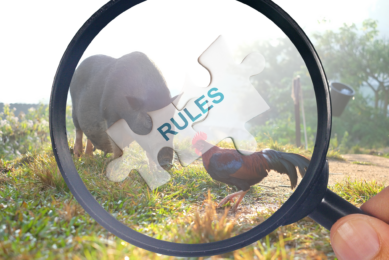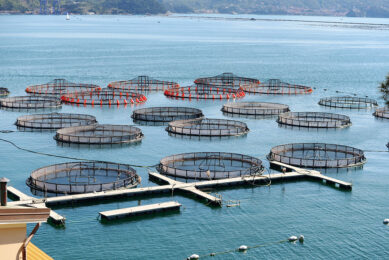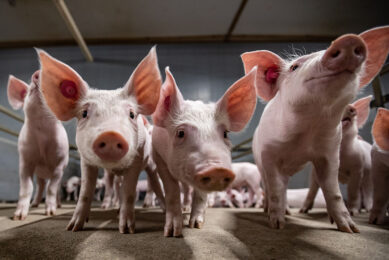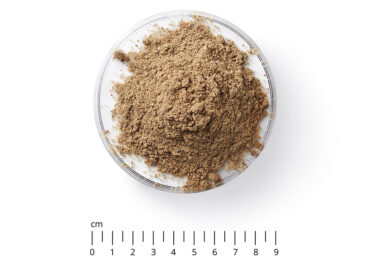EU reauthorises non-ruminant PAP for fish feed
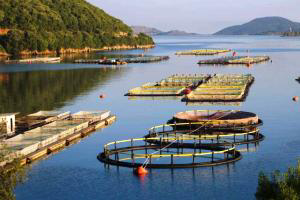
The use of non-ruminant processing animal proteins (PAP) for use exclusively for fish feed has been re-authorised by the European Commission last week.
PAP has been prohibited since 2001 in response to the Bovine Spongiform Encephalopath (BSE) epidemic.
Tracking and tracing systems will be implemented to ensure that at no stage of the feed chain will cross-contamination occur with feeding-stuffs intended for species other than fish. In addition, very sensitive analytical tests based on DNA detection will be used to control the correct implementation of the channelling system.
This re-authorisation will apply from 1 June 2013 and will improve the overall sustainability of the aquaculture sector, since these PAPs could be a valuable substitute for fishmeal.
FEFAC President Patrick Vanden Avenne welcomed the European Commission decision to adopt and publish the new regulation on the reauthorisation of non-ruminant processed animal proteins (PAP) exclusively for use for fish feeding.
He stated that “this measure paves the way for our EU aquaculture producers to step up their efforts to encourage the sustainable development of EU aquaculture by creating a level playing field with seafood imports from third countries”.
“EFSA has provided clear scientific evidence that non-ruminant PAPs produced in accordance with the high EU processing standards are safe. They can help in reducing the EU dependency on fishmeal imports thus contributing to the Common Fisheries Policy reform goals of pairing sustainable wild fisheries with the sustainable development of aquaculture”.
He highlighted that “the European feed industry is fully committed to support the competitiveness and sustainability of aquaculture production in the EU, as set out in the Commission proposal on the Common Fisheries Policy and supported by the EP Committee on Fisheries in their December 2012 vote on the CFP report of MEP Mrs Ulrike RODUST”. The new measure contributes to global food security, by reducing the EU dependency on seafood imports which account for more than 70% of the current EU consumption”. He noted that PAPs are widely used by aquaculture producers in Asia and North- and South-America, who are exporting farmed fish to the EU.




